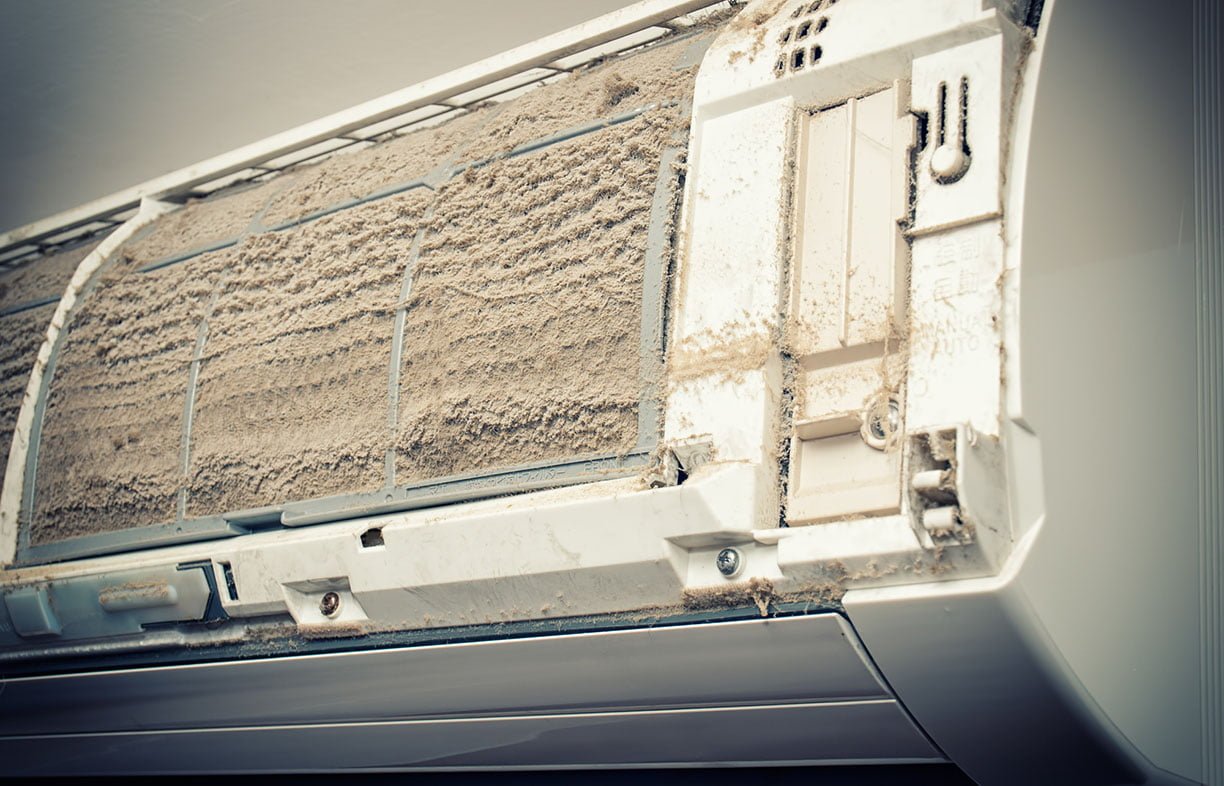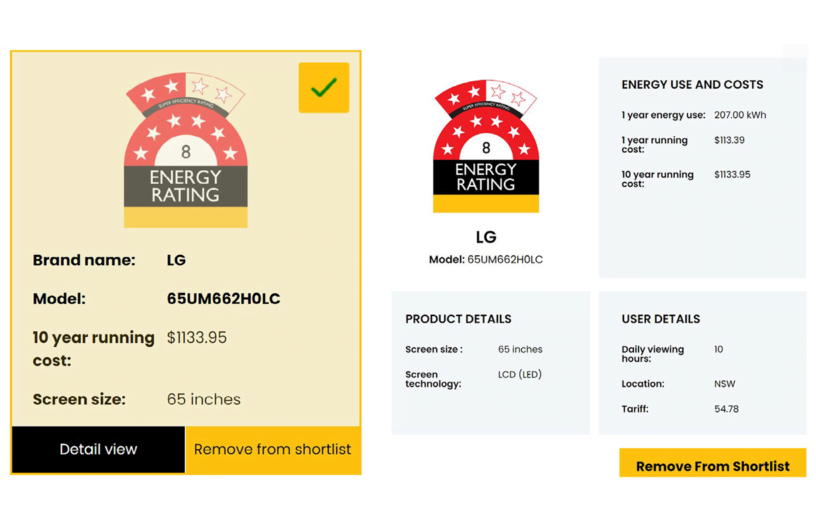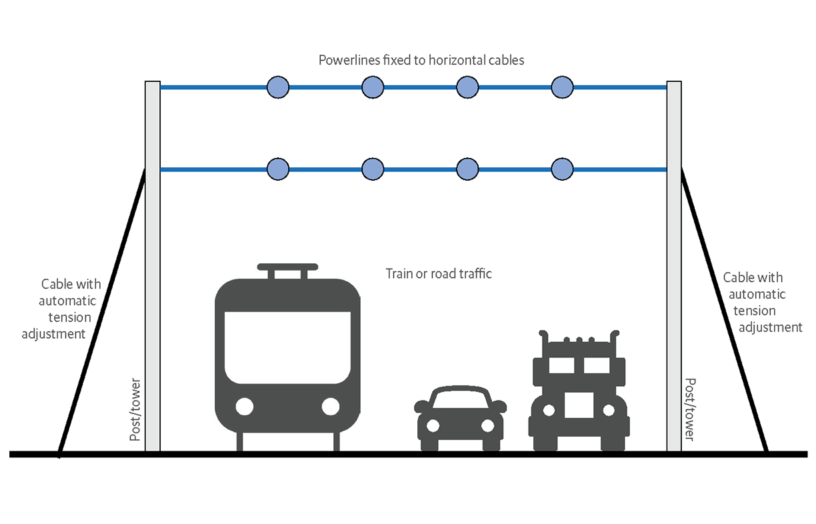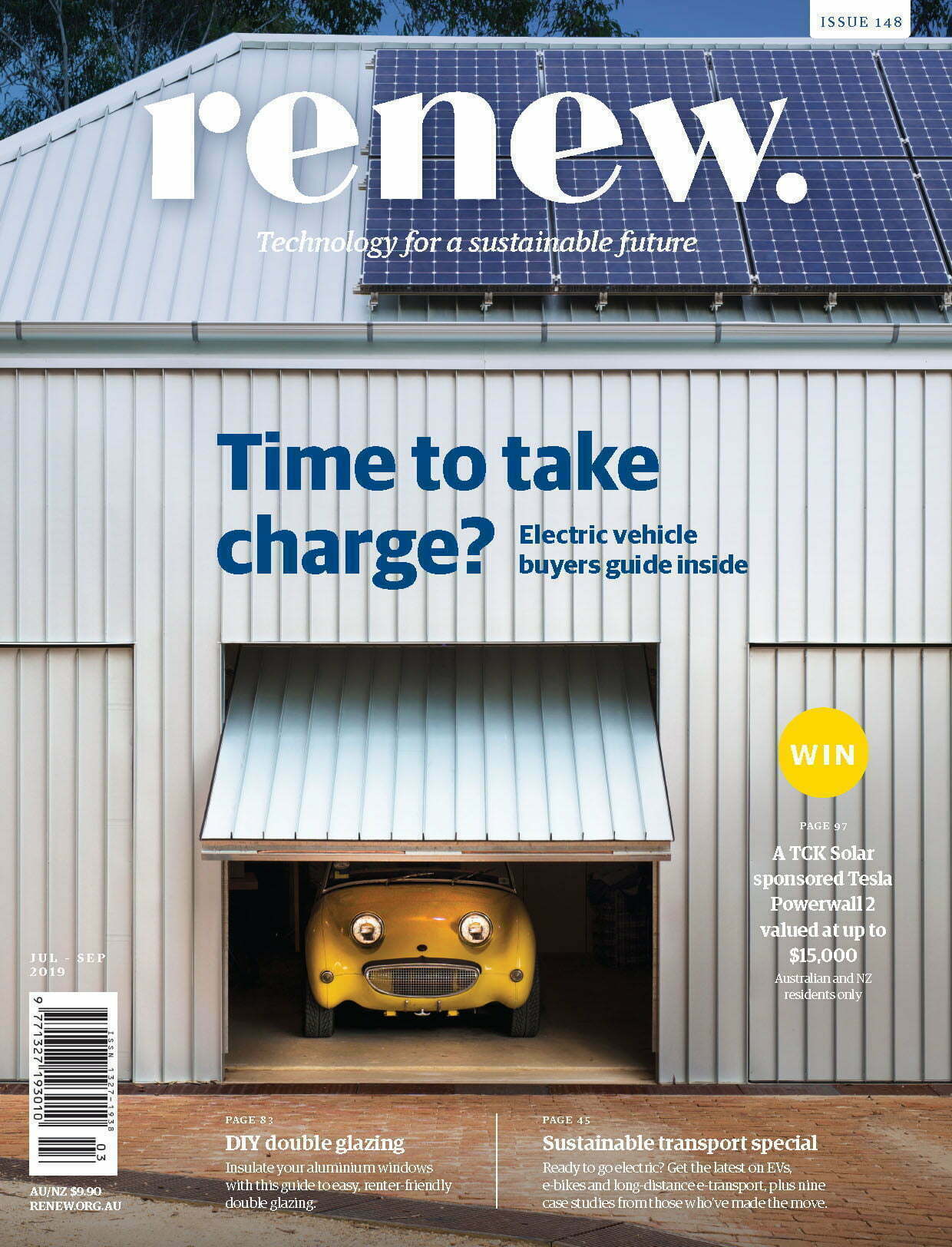The gas-transition debate
Alan Pears updates us on the latest IPCC report, discusses appliance and EV efficiency, and asks why makers of hybrid vehicles are not offering plug-in upgrades.
The ACT government has already implemented a multi-pronged gas-transition strategy. The strategy includes broad energy-efficiency measures; research, design, and development (RD&D); measures for electricity-demand response and management; and energy-storage measures.
The Victorian government, meanwhile, has run two consultations, one looking at options for a broad transition strategy, and one focusing on infrastructure issues. These have attracted many submissions, including ones from both me and Renew. The reports and the submissions I have read all support action on energy efficiency as a “no regrets” measure. Given the many barriers, this will require significant government intervention.
The IPCC report—which I discuss below—along with studies by the International Energy Agency (IEA), among others, highlight the importance of rapid emission reduction and avoiding additional investment in fossil-fuel production capacity. The gas industry’s focus is on hydrogen (from renewables or fossil fuels with carbon capture and storage), supplemented by bioenergy. However, implementing this would take decades, and involves technical, cost and implementation uncertainties. It’s a race against time.
We are in deep climate trouble—but every tonne of emissions avoided helps …
The recently released report from the Intergovernmental Panel on Climate Change (IPCC) is based on an enormous amount of recent research, and reinforces important messages on climate change. The Summary for Policymakers (SPM) provides a useful overview.
Global temperature increase correlates closely to cumulative emissions, not annual net emissions. The SPM (p. 23) notes, “Projected changes in extremes are larger in frequency and intensity with every additional increment of global warming.” The speed of response matters—a lot!
The report provides estimated budgets for various probabilities of a global heat increase of 1.5 °C or 2 °C. Most media discussion has focused on the 50% probability scenario, which allows a cumulative budget of 500 Gt of CO2. Aiming for an 83% probability cuts that budget from 500 Gt to 300 Gt. This compares with present annual CO2 emissions of around 40 Gt—in other words, at present emission rates, we will consume the 83% budget for carbon emissions in less than a decade.
The report also shows that, over the past decade, methane emissions have contributed around a third of total heating. This is much more than conventional carbon accounting (based on 100-year Global Warming Potential) suggests, due to its high short term GWP. This increases pressure on agriculture and fossil-fuel producers to cut methane emissions. (We discussed methane’s greenhouse implications in the Up Front section of Renew 153.)
The independent Paris Equity Check Multi-Equity Map (paris-equity-check.org) suggests that for Australia to meet its fair per capita share of global emissions, we would need to cut annual emissions by around two-thirds by 2030, and by 87% by 2040.
Climate and energy action, not technology or taxes
Clearly, Australian industry must cut emissions. But governments have been timid in applying pressure since the Abbott government shut down Australia’s world-leading Energy Efficiency Opportunities (EEO) program in 2014.
Energy Efficiency Opportunities was not a tax or a technology roadmap. It was a fairly well-designed government program within a sensible policy framework, and was cutting millions of tonnes of emissions at minus $95 per tonne of CO2. But it upset some influential businesses and political ideologues. (I should declare my interest: I was one of the developers of that program.)
The parliamentary inquiry that considered this decision received 21 submissions, of which 11 supported closure; those negative submissions averaged less than three pages in length and included many factual errors. However, they provided the political cover needed for a decision that has cost Australia billions of dollars, and has undermined our momentum to change.

Image: iStock/sb-borg
Consumers wear blindfolds
Have you been shocked when your fridge stopped working, and you had to throw out hundreds of dollars worth of food, then rush out to buy a new fridge? Have you wondered why your air conditioner wasn’t cooling effectively, and seen the repairer only need to clean its filter or recharge its refrigerant? Have you discovered that your high solar-hot-water service bills were caused by a failed or incorrectly programmed circulator pump?
These crises could have been avoided if your appliance was “smart” enough to track its efficiency and alert you to an emerging problem. Remote fault diagnosis and adjustment could avoid expensive callouts and time wasted waiting for a repairer.
While energy regulators and policy people argue about who should have the right to control your appliances, we consumers miss out on capturing valuable benefits. Smart, flexible, controllable appliances are needed. But they should offer maximum consumer benefit, as well as giving the consumer the right to choose who can control them and under what conditions.
Energy policymakers seem to be more focused on “protecting” the energy supply system than the welfare of consumers.
A role for Toyota? And more efficient EVs?
We are moving rapidly towards the decarbonisation of cars, with electric vehicles looking like the dominant future technology.
At present, Toyota has identified a sweet spot for sales with its hybrid cars. They don’t cost much more than conventional cars, cut fuel costs and carbon emissions by up to 40%, and don’t attract the Victorian government’s bizarre EV tax. They use proven technology provided by a trusted manufacturer and don’t trigger fears of perceived “range anxiety”.
But as we aim for zero net emissions, they will become a liability. When I bought my Prius C five years ago, there were aftermarket kits to add extra batteries and convert my hybrid to plug-in hybrid status. I thought I would be able to use this approach to transition to near-zero emissions in the future. But these kits seem to have disappeared, and with them went my path to near-zero emissions for my Prius C.
My question for the company is, “When will you offer a conversion from hybrid to plug-in hybrid for my Toyota?” Toyota has options. It could offer extra batteries that keep the existing battery fully charged, tricking my car’s software into running in EV mode. (This is what the aftermarket products did.) Or it could replace my bulky nickel-metal-hydride (NiMH) battery with lithium ion, new software and a socket for charging.
I don’t really care—but I do want a plug-in hybrid conversion. And in coming years, I suspect that a lot of Toyota hybrid owners will also want this. Even a 50 km battery range would be good. When will Toyota provide it?
We also need to focus more attention on EV efficiency—and I don’t just mean cars. Electric bikes and electric scooters are a lot more efficient than electric cars and take up a lot less space in our cities. The right local infrastructure could enable the potential of small, low-speed, electric delivery vehicles.
Electric-car efficiency should also get more attention. Buyers need education on the implications of poor aerodynamics for country driving range, vehicle weight and effectiveness of energy recovery. Improved thermal performance to cut heating and cooling loads could help, too.
Blockchains are not Bitcoin
Blockchains are a vitally important element of the digitalisation of our economy. They have gained a mostly underserved reputation for wasting energy, largely because “the blockchain” is confused with Bitcoin, which is the best-known use of the idea.
A blockchain is a decentralised approach to tracking and verifying data. It is best known for its use in tracking cryptocurrency transactions, but it can also play important roles in fairly and securely sharing data of all kinds, ensuring accountability across supply chains, allocating resources, and more. As we try to optimise at a system level, across multiple participants, and implement circular-economy and value-chain solutions that require secure sharing of data, we will need to apply blockchain solutions.
With regard to digital currencies, a number of studies have shown that some currencies require very little energy. An analysis by TRG Datacenters, reported in Is Dogecoin an Eco-Friendly Alternative to Bitcoin? (marketrealist.com) confirmed that Bitcoin does use a lot of energy, at 707 kWh per transaction. Other options, however, use much less: Dogecoin uses 0.12 kWh per transaction and XRP uses 0.0079 kWh. Also, the energy use of digital options should be compared with traditional financial systems—see “Bitcoin alternatives could provide a green solution to energy-guzzling cryptocurrencies” (theconversation.com). And they can use excess renewable electricity.
Market forces are at work as users of Bitcoin flag concerns. This is also an example of how innovation often identifies a need and initially comes up with a far-from-perfect solution, which is then improved over time. The “impossible” becomes possible—and then, eventually, the preferred option.
Further reading
 Pears Report
Pears Report
Fossil fuels, efficiency and TVs
Alan Pears brings us the latest news and analysis from the energy sector.
Read more Climate change
Climate change
What we can learn from Spain’s response to heatwaves
As Australia heads into a summer set to be marked by climate change and El Niño, resilience to extreme heat is front of mind. Renew’s Policy and Advocacy Manager Rob McLeod reports on Spanish responses to heatwaves and the lessons for Australia.
Read more Pears Report
Pears Report
Transmission and emissions
Alan Pears brings us the latest news and analysis from the energy sector.
Read more

